
Yoga is a traditional physical and mental discipline that involves series of physical postures, also known as Asana, different breathing techniques, Pranayama and meditation. Most of the people enjoy the light stretching exercises and low-impact workout, but yoga practice involves many other more demanding postures. Inversion poses, for example, are asanas where the feet are raised above the head. These postures are also known as Viparita Karani, and translated as “inverted action”. Inverted poses are intermediate-level yoga postures, but some of them, like downward facing dog, are accessible even for the beginners. The real challenge about the inverted poses is to balance the body in the completely contrary way than usual. Moreover, the inverted postures provide the unique opportunity to take a glance at the world from a completely different angle.
Benefits of inverted poses
Most of the physical benefits of yoga exercise are due to the improved blood circulation in the internal organs. By taking a specific posture, and holding it for a while, the practitioner slows down the blood flow for a couple of breaths and, upon releasing the body from the posture, the blood flows more vigorously through the organs, massaging them gently from inside and improving their function. The inverted poses are especially beneficial and able to improve the functions of circulatory, lymphatic, nervous and endocrine systems by reversing the natural flow of blood. The inverted poses can also help to remove metabolic waste through the body, and strengthen the muscles in the neck, back and shoulders.
Inverted poses for beginners
One of the easiest inverted poses of all is the legs-up-the-wall pose. This asana is especially beneficial for people who spend their day standing at work and feel a lot of pain in their legs. The legs-up-the-wall pose takes anywhere from 10 minutes to half an hour, and requires just a simple yoga mat and a pillow to support the spine. This asana does not involve any stretching and does not build up any strength. It is simply restorative, intended to soothe the nervous system and ease the muscular pain. The legs-up-the-wall pose is especially beneficial in combination with relaxing meditative music.
To begin, one should lay a yoga mat near the wall and use a long pillow or two thick blankets folded lengthwise, as a support for the hips. Place a support near a wall and prop the hips, leaving a gap of a couple of inches between the support and the wall. Relax comfortably against the wall, while the shoulder blades are resting comfortably on the ground. Loosen up, breathe, and let go of all stress while feeling the energy being restored and filling the body.


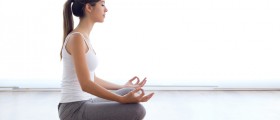

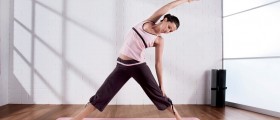
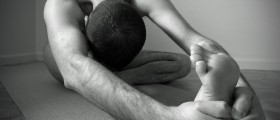
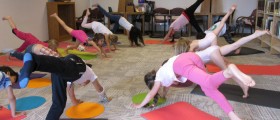
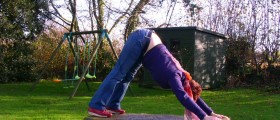


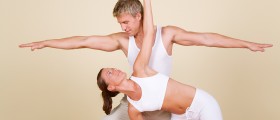

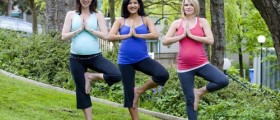
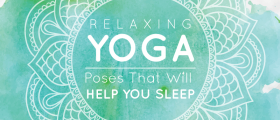

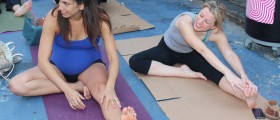
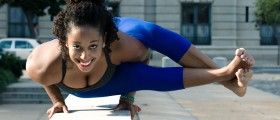
Your thoughts on this
Loading...